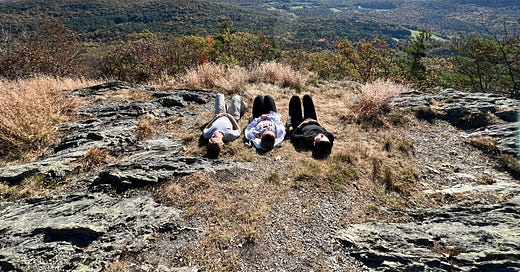Encourage Conscious, Joyful Movement
Families have a role in shaping the way a child moves in their body and in the world.
This is an excerpt, Step (chapter) 6, from my book Nurture: How to Raise Kids Who Love Food, Their Bodies, and Themselves (Hummingbird Press, 2024).
“There’s no such thing as bad weather—only bad clothing.” ~ wise preschool teachers of Ava and Kyla
My daughters were privileged to have attended an alternative preschool that insisted on getting the kids …
Keep reading with a 7-day free trial
Subscribe to Nourishing Words from Heidi Schauster to keep reading this post and get 7 days of free access to the full post archives.





